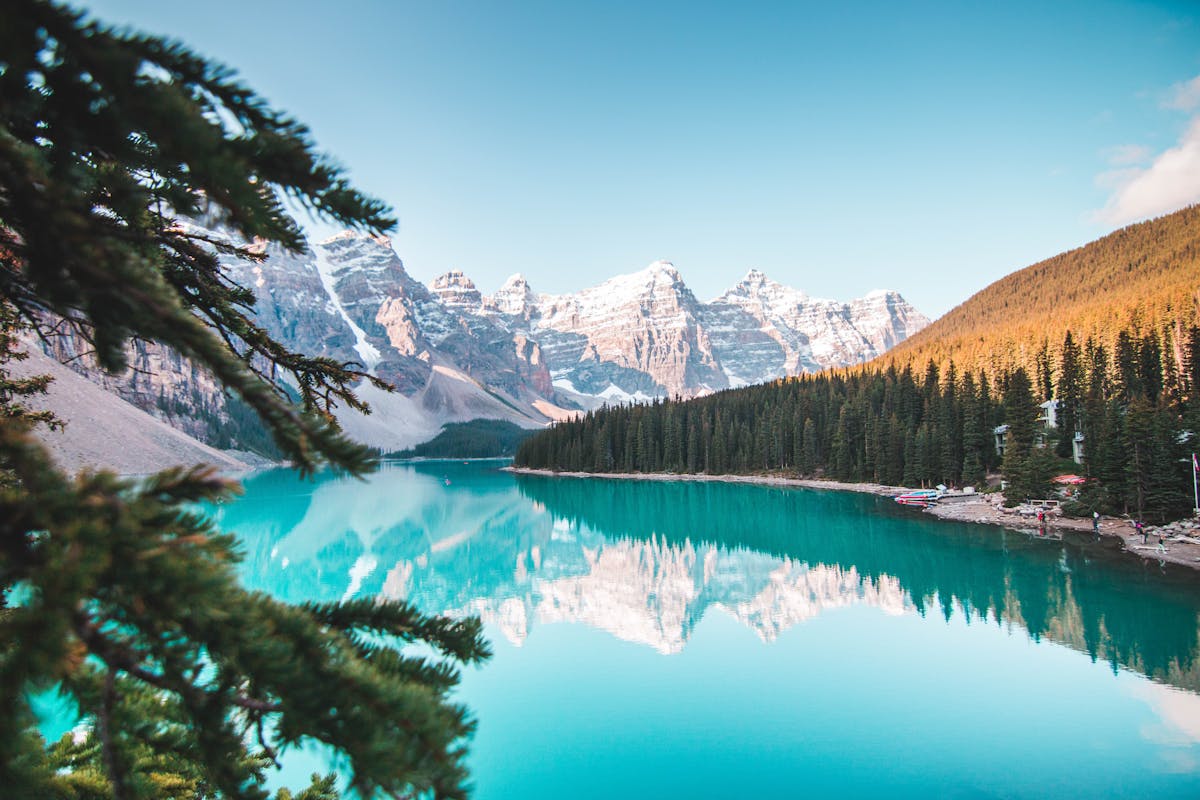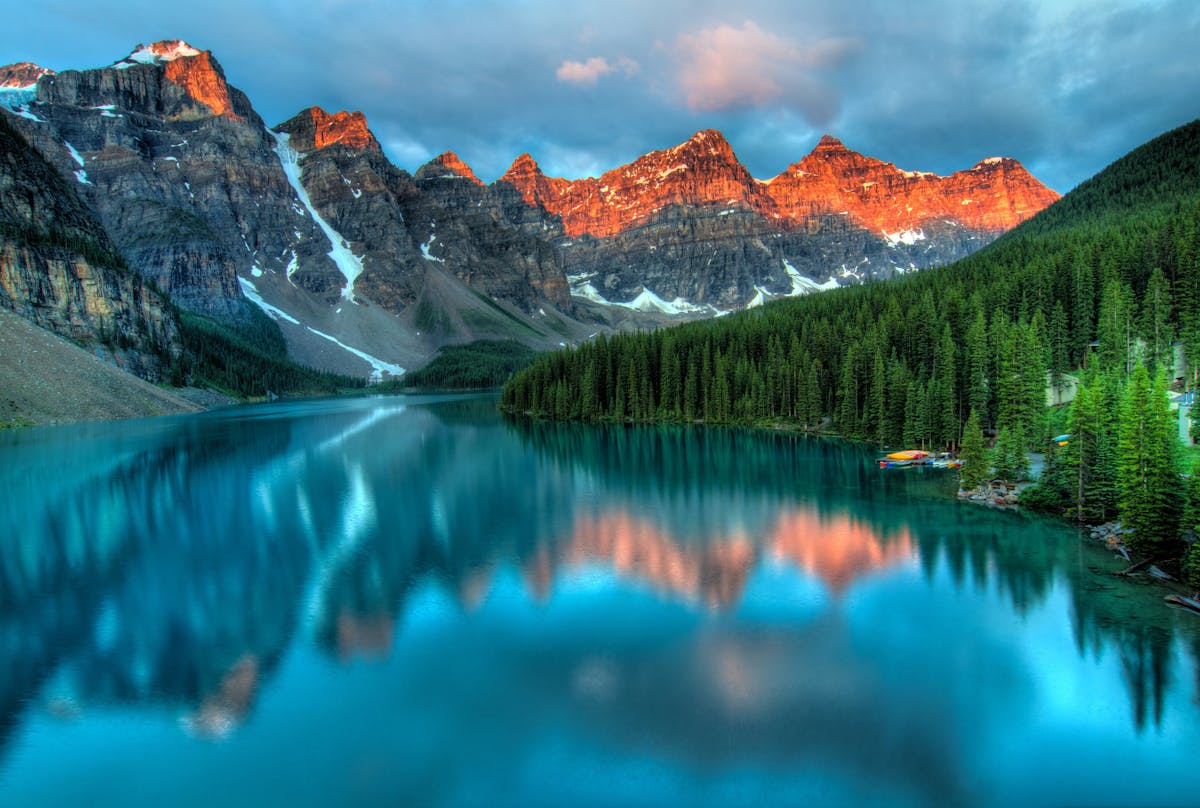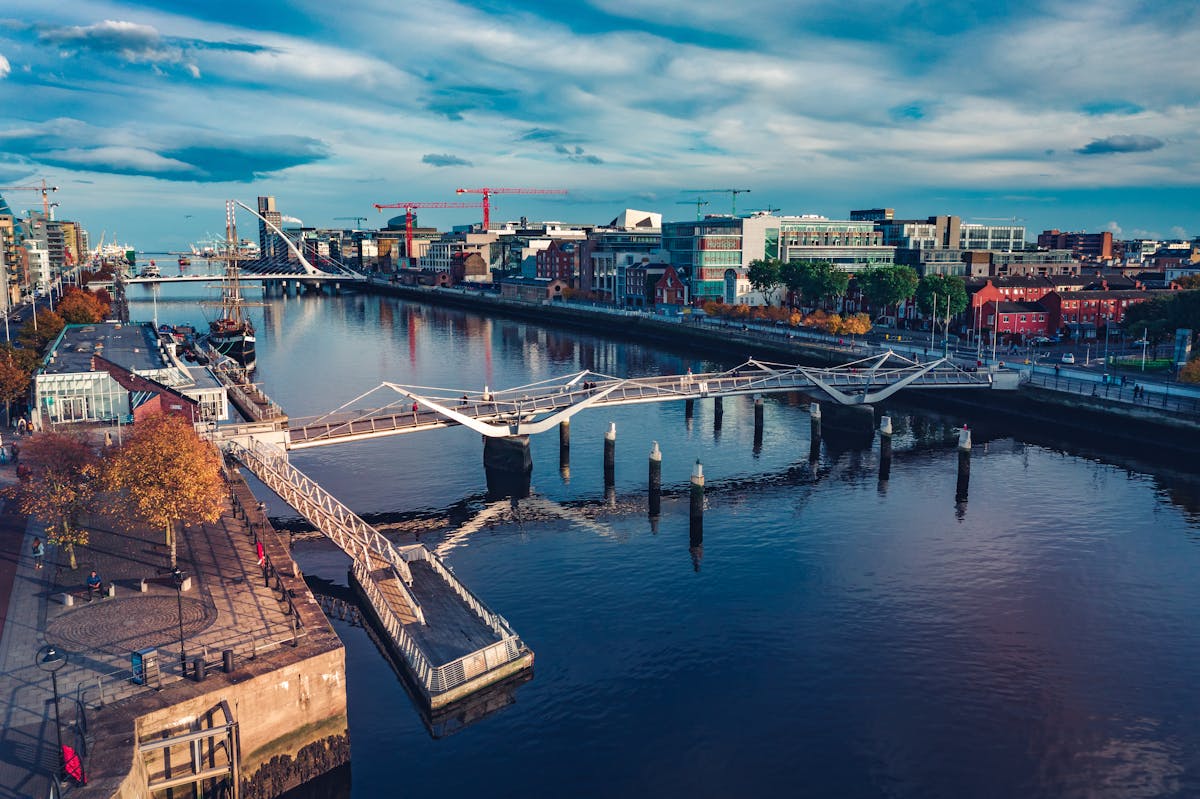
Niagara Falls: A Natural Wonder That Never Stops Amazing
Standing at the edge of Niagara Falls, watching 750,000 gallons of water cascade over the precipice every second, you witness one of nature's most powerful displays. But there's far more to this iconic landmark than meets the eye.
The Power Behind the Beauty
Niagara Falls consists of three waterfalls: the American Falls, Bridal Veil Falls, and the famous Horseshoe Falls. Together, they form the highest flow rate of any waterfall in North America, with an average of 85,000 cubic feet of water going over the crest every second during peak daytime tourist hours.
The falls were formed approximately 12,000 years ago during the last ice age. As glaciers retreated, they carved out the Niagara River and created the escarpment over which the water now flows. Over millennia, erosion has caused the falls to recede approximately 7 miles from their original location.
A Hydroelectric Marvel
Beyond its natural beauty, Niagara Falls is a significant source of hydroelectric power. The Sir Adam Beck Generating Stations on the Canadian side produce up to 2,400 megawatts of electricity, providing power to millions of homes and businesses in Ontario.
Water is diverted from the Niagara River above the falls through tunnels and conduits to the power plants. To maintain the falls' visual appeal, international treaties regulate how much water can be diverted, especially during daylight hours in the tourist season.
Best Times to Visit
Each season offers a unique perspective on Niagara Falls. Summer brings warm weather and full water flow, though crowds can be substantial. Winter transforms the falls into a frozen wonderland, with ice formations creating ethereal sculptures, though some attractions close.
Spring and fall provide excellent middle ground — fewer tourists, comfortable temperatures, and spectacular views. April through June sees the highest water volumes as snowmelt from the Great Lakes increases river flow.
Photography Tips
For photographers, the golden hour just after sunrise or before sunset provides magical lighting. The mist creates beautiful rainbows on sunny days — position yourself with the sun at your back for the best rainbow shots.
Night photography offers another dimension as colorful LED lights illuminate the falls. Use a tripod and long exposure to capture the silky texture of the water while maintaining sharpness in the surrounding landscape.
Did You Know?
The name "Niagara" comes from the Iroquois word "Onguiaahra," meaning "The Strait." The falls move upstream at a rate of approximately 1 foot per year due to erosion, though modern flow control has significantly slowed this process.
Whether you're experiencing Niagara Falls for the first or fiftieth time, its raw power and timeless beauty never fail to inspire. This natural wonder reminds us of the incredible forces that have shaped our planet and continue to do so today.

Sarah Mitchell
Lead Photographer & Founder





